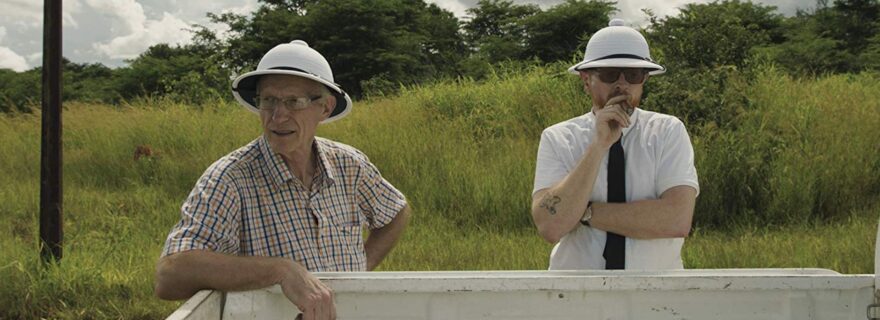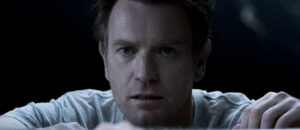Cold Case Hammarskjöld
Movie Rating:
4
Denmark produces some of the most astonishing, compelling and intelligent cinema in the world. This relatively small country has a knack for generating filmmakers of boldness and originality. Mads Brügger’s Cold Case Hammarskjöld is part murder mystery, part historical revisionism, part indulgent fictionalization, and not soon forgotten.
Brügger, along with Göran Björkdahl (who has a familial connection to the events investigated), dive into the story of Dag Hammarskjöld, the General Secretary of the United Nations who died in a 1961 plane crash in Southern Africa. Long forgotten, Hammarskjöld’s demise was attributed to a simple accident. However, questions were raised when the post-Apartheid Truth and Reconciliation Commission in the late 1990s hinted at information that points to a far more nefarious plot to remove the vocal politician who spoke up for the rights of newly decolonized countries.
The documentary then leads us through a wild story that mixes fact and conjecture along with a dash of morbid silliness. Brügger dresses the part of his alleged conspirator to tell the tale to a couple of hired stenographers. (Why two? The filmmaker himself admits to being unclear about his indulgences, but the brilliant crosscutting between the two testimonies seems answer enough.) The dark humor of donning colonial costuming, complete with white uniforms and pith helmets, to search out the wreckage emphasizes the preposterousness of both the investigation and the way the filmmakers intrude into the narrative.
As more information is uncovered, rarely is any line drawn between sheer conjecture and plausible conspiracy, which makes the search for truth even more slippery. In some ways, this is the most dishonest part of the film, where obvious lies lay directly beside claims that deserve investigation, but above this all is the sense that the conflicting stories and varying recollections speak to the nature of such cold cases.
The stakes are huge – talk of white supremacist mercenaries, CIA cover-ups, and direct involvement by British Intelligence – all from a plane crash long forgotten and buried. The film raises questions without clear or definable answers, save for a few dead ends such as the “bullet holes” on a piece a sheet metal that are found to be no such thing. It’s a swirling, head-spinning tale that leaves one more confused and confounded, more unsettled at the end than at the beginning.
Yet this instability gives the film its power. The filmmakers make manifest their own inability to do more than scratch the surface of this complicated tale. Their process throws up the smoke of conjecture that clouds any answers, and the movie frustrates as much as it fascinates.
What can be gleaned is that the closer one looks, the more one finds. The strange events sometimes allude to conspiracy rather than coincidence. While the likes of JFK’s death have been mined for generations over such esoterica, this is a new vector for this kind of hunt. What’s shown here is both the power and the challenge of sifting truth from this tangled wreck of a story.
Cold Case Hammarskjöld bristles with many disparate elements that cohere into a pulse-pounding film. It’s a blissfully self-aware work made by filmmakers attuned to their limitations. The answers may not come easily, but the questions are rich and profound, warming this cold case up and bringing the complex tale to the world’s attention more than a half century since it was forgotten.



